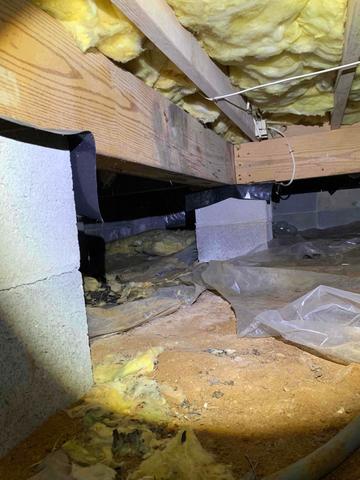
The Existing Vapor Barrier
The purpose of a vapor barrier is to protect the crawl space from the earth's moisture. This vapor barrier is not doing that. Like most crawl spaces we go into, the 6-mil liner that is installed at construction is laid on the ground, unsealed, and has many gaps. Often, it will be held in place with U-shaped stakes which only add more holes allowing more points for moisture to rise into the space. The fragile material is easily ripped and displaced, leaving the crawl space unprotected from the earth's moisture.
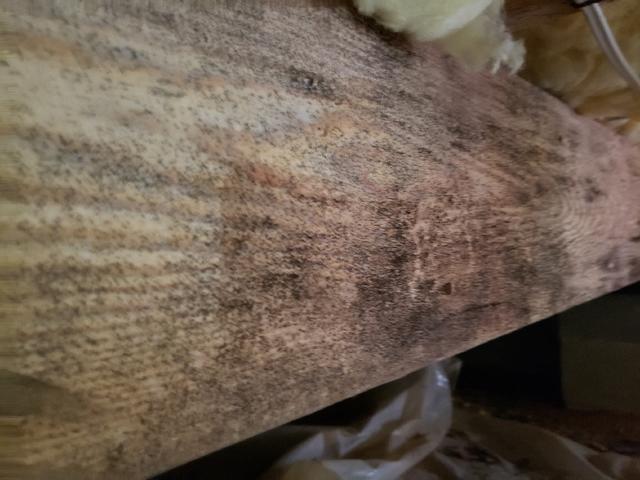
Microbial Growth - Mold & Mildew
Mold needs 3 things to grow, 1) a food source, any organic material, in the crawl space this is the wood substructure and the paper backing of insulation. 2) warm temperatures and 3) high relative humidity, about 60% or higher. All of these things are easy to come by in our region and allow mold to grow and thrive in our crawl spaces.
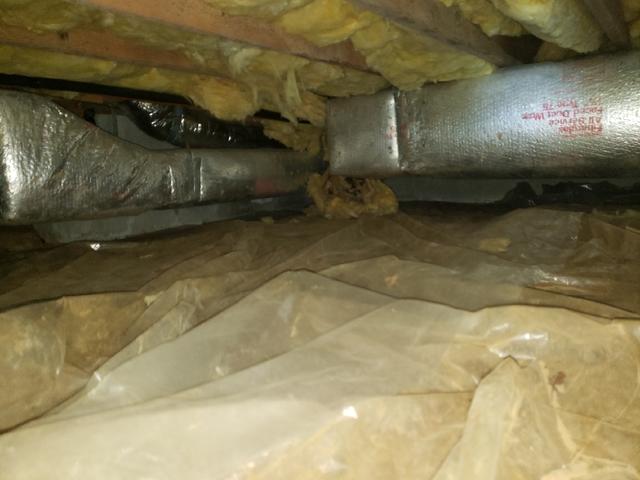
Indoor Air Quality
You might not think that your crawl space can impact your living space but due to the stack effect, air from the crawl space is pulled up into your home where it is conditioned and circulated throughout your home. This causes homeowners to notice things like high humidity and musty odors in their homes, usually indicating an issue in the crawl space below.
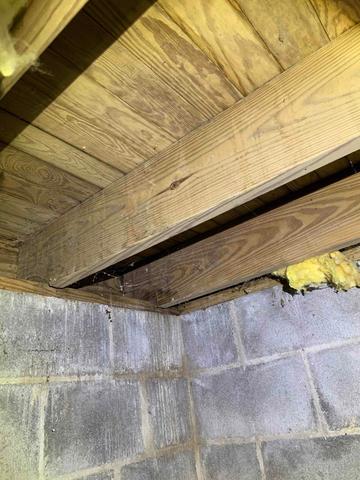
Crawl Space Insulation
There used to be insulation between these floor joists. However, the weight of the moisture the fiberglass absorbed, caused it to fall out of the floor cavity. Moisture wreaks havoc on insulation, it causes the fibers to pull apart and the material will look like its dripping from the floors, it reduces the effectiveness of the material, causes it to hold moisture against the floor joists, and if the material is paper backed, can help promote microbial growth on the paper.
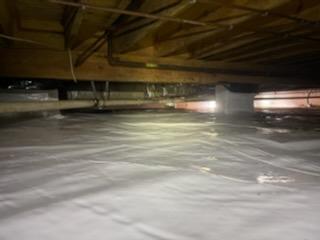
A Heavy-Duty Vapor Barrier
Once the crawl space is cleaned out and the mold is treated with an antimicrobial, a new vapor barrier is installed. This is the CleanSpace 10-mil Vapor Barrier. It is a heavy-duty liner designed to withstand service persons crawling on it and is overlapped and sealed at all seams, wrapped and sealed around all piers, and mechanically attached to the foundation walls about 6 inches above outside grade, Completely sealing the crawlspace from the earth's moisture.
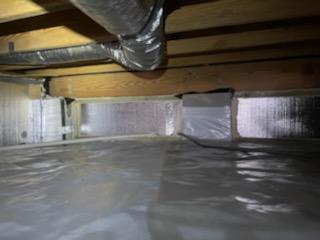
Insulated Foundation Walls
The insulation has been moved from the floor to the foundation walls. We've used R-10 SilverGlo, a Foam Board Insulation which is sealed at all seams creating an air barrier. This also moves the thermal boundary of the home from the ceiling of the crawl space to the floor of the crawl space, helping to keep floors warmer in the winter and keeping the pipes and HVAC in a less extreme environment.
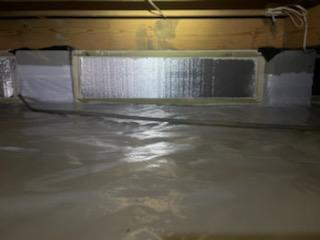
Air Sealed Crawl Space
All vents, the sill plate, the rim band, and any penetrations through the foundation wall to the outside have been air sealed to keep as much outside air, carrying moisture, from entering the crawl space as possible. Finally, a Dehumidifier is installed in the crawl space to control the relative humidity and keep it below the threshold that allows microbial growth to begin.
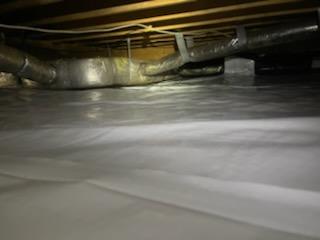
Improved Indoor Air Quality
By properly sealing off the crawl space from the outside air and controlling the relative humidity, we can help to improve the indoor air quality in the home because we're helping to prevent microbial growth from reoccurring, which means less humidity and musty odors in the home.


